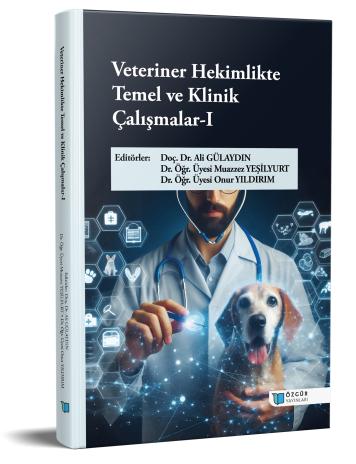
Gingivitis in Cats and Dogs
Chapter from the book:
Günaydın,
A.
&
Yeşilyurt,
M.
&
Yıldırım,
O.
(eds.)
2025.
Basic and Clinical Studies in Veterinary Medicine-I.
Synopsis
Feline gingivitis is a chronic inflammatory condition affecting the oral mucosa, classified under various names based on histopathological features. It originates from plaque-induced inflammation confined to the gingiva, though it may progress to periodontitis. Over time, bacterial biofilm shifts toward gram-negative, anaerobic populations, contributing to periodontal tissue destruction. The etiopathogenesis is multifactorial, influenced by oral hygiene, systemic diseases, medications, and genetic predisposition. Certain breeds (e.g., Maltese, Miniature Schnauzer, Boxer, Siamese) show increased susceptibility. Clinically, gingivitis presents with erythema, edema, bleeding, halitosis, and gingival hyperplasia. Diagnosis involves oral examination, periodontal probing, and radiography. Severity is scored on a 0–3 scale based on specific teeth. Treatment focuses on plaque and calculus removal, routine professional cleaning, and maintaining oral hygiene. Daily tooth brushing is most effective; if insufficient, subgingival cleaning is required. Adjunctive therapies include dental gels, water additives, and dental chews. Professional cleaning is performed under general anesthesia, followed by polishing and antiseptic rinsing. Advanced cases may require antiseptics, antimicrobials, or periodontal surgery. Therapy includes both curative and preventive strategies.

